
Dear
Reader, Time and again we have received suggestions from alumni and friends regarding restructuring the newsletter “Grapevine”. Based on these inputs and from our own internal feedback, from this issue of Grapevine onwards we have divided the news into the following 6 categories: Happenings at the Institute, Support from Alumni and Friends, Achievements, Student initiatives, Institute initiatives and Profiles. We have already been reporting the first three sections under different headings. In the new categories, the student initiatives section will report about research projects, community development projects etc. carried out by students; the Institute initiatives section will report about the initiatives taken by the Institute for various causes; and the profiles section will cover information not only about faculty, staff and students but also report on new laboratories etc. We request you to give us your feedback and suggestions for improving the newsletter further. |
Happenings
at the Institute |
There is a nice tradition in IITK - the graduating under-graduate students elect the best teacher, and that faculty member is awarded the Gopal Das Bhandari Distinguished Teacher Award. This year, Dr. Swagato Kumar Ray of the Department of Mathematics and Statistics was honoured with this award.
|
Prof. M. Anandakrishnan
has been re-appointed as Chairman of the Board of Governors. Prof
Anandakrishnan obtained his PhD in Civil Engineering from the
University of Minnesota, USA. He was a faculty member in the Department
of Civil Engineering at IIT Kanpur from 1963 - 1974. During this
period he also served as the Head of Civil Engineering. His professional
interests are in civil engineering, environmental engineering,
remote sensing, information technologies, science and technology
policy analysis, development indicators; he is also interested
in the international transfer of technologies, small and medium
industries, management of academic institutions and children's
science education. Prof. Anandakrishnan received the Padma Shri
in 2002 from the President of India.
Prof. Avinash Singh
is the new head of the Department of Physics. He obtained his PhD
from the University of Illinois at Urbana-Champaign, USA. His research
interests are in correlated electrons and quantum magnetism, high-Tc
superconductivity, metal-insulator transition, diluted magnetic
semiconductors, metallic ferromagnetism and ferromagnetic alloys,
spin-charge-orbital ordering in manganites and magnetic excitations
in iron pnictides.
Prof. Munmun Jha is the new head of the Department of Humanities and Social Sciences. He obtained his PhD from the University of Glasgow, USA. His research interests are in human rights issues, NGOs, social movements, caste and race. Homepage: http://home.iitk.ac.in/~mjha/
Prof. Anish Upadhyaya,
Department of Material Science and Engineering is the new head of
the Advanced Centre for Materials Science. He obtained his PhD from
Penn State University, USA. His research interests are in materials
processing, powder metallurgy, sintered particulate alloys and composites,
microwave processing. |
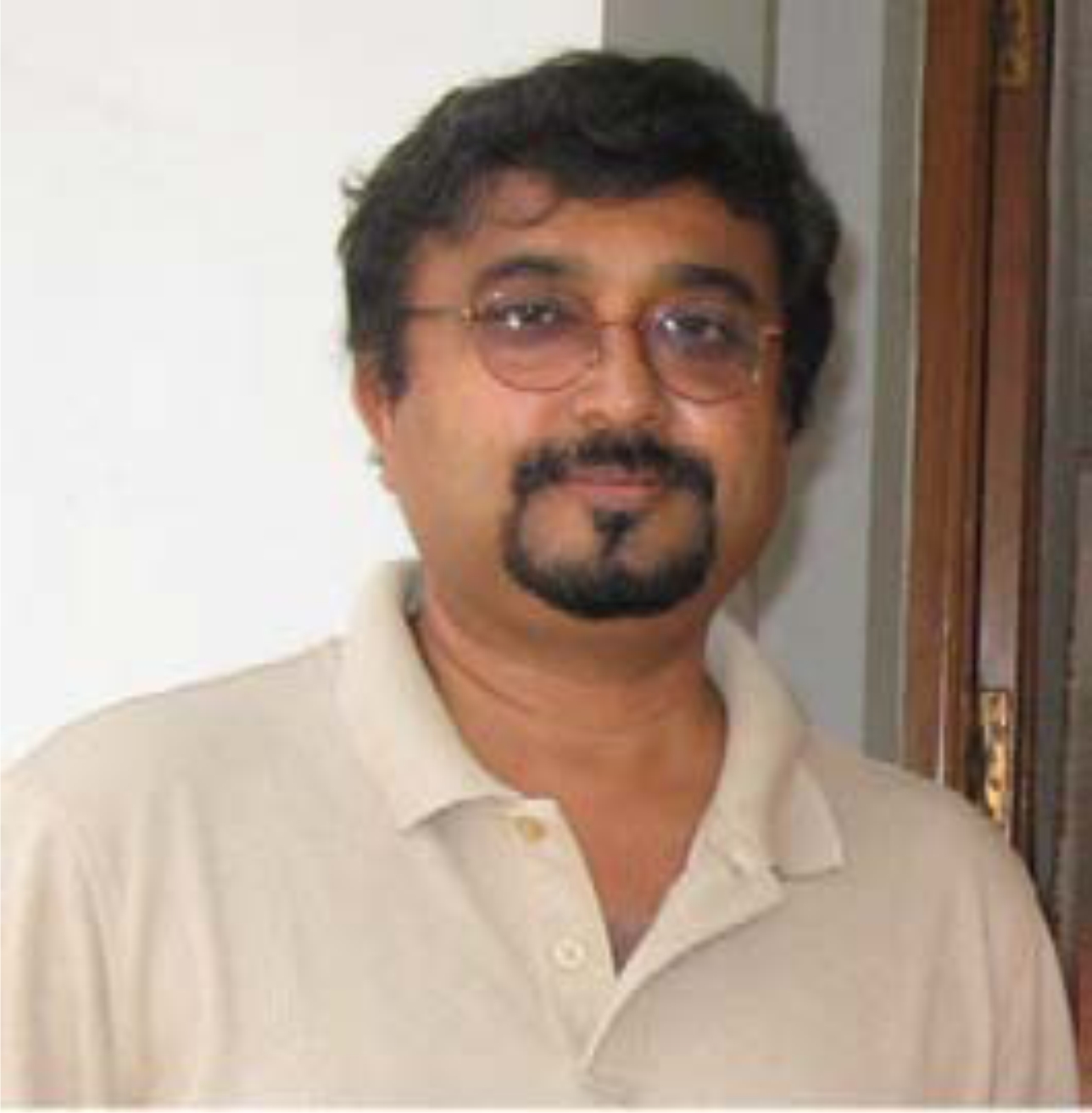 Dr.
Mrinal K. Sen, Director, National Geophysical Research
Institute, Hyderabad, and Jackson Chair Professor
in Applied Seismology, The University of Texas at Austin, USA, gave
a lecture titled Subsurface Imaging: Challenges and Opportunities
on 9th April, 2012. In his lecture Dr. Sen said that earth science
problem statements are easy to understand but difficult to solve.
Citing the example of earthquakes he mentioned that earthquakes recorded
on a worldwide network of seismometers are our primary source of data.
Earthquakes typically occur at well-defined boundaries and seismometers
are placed at sparse locations. Thus, many parts of the earth are
devoid of ray paths. To address this issue, new passive experiments
are being set up with large arrays of seismometers placed on the earth
in a roll-along mode. Similar principles are being used in active
seismic experiments for the detailed imaging of hydrocarbon reservoirs,
the mapping of fluid flows for hydrocarbon production, the monitoring
of subsurface CO2 movements and for earthquake hazard assessment.
These problems can be best addressed by a multi-disciplinary approach. Dr.
Mrinal K. Sen, Director, National Geophysical Research
Institute, Hyderabad, and Jackson Chair Professor
in Applied Seismology, The University of Texas at Austin, USA, gave
a lecture titled Subsurface Imaging: Challenges and Opportunities
on 9th April, 2012. In his lecture Dr. Sen said that earth science
problem statements are easy to understand but difficult to solve.
Citing the example of earthquakes he mentioned that earthquakes recorded
on a worldwide network of seismometers are our primary source of data.
Earthquakes typically occur at well-defined boundaries and seismometers
are placed at sparse locations. Thus, many parts of the earth are
devoid of ray paths. To address this issue, new passive experiments
are being set up with large arrays of seismometers placed on the earth
in a roll-along mode. Similar principles are being used in active
seismic experiments for the detailed imaging of hydrocarbon reservoirs,
the mapping of fluid flows for hydrocarbon production, the monitoring
of subsurface CO2 movements and for earthquake hazard assessment.
These problems can be best addressed by a multi-disciplinary approach.
|
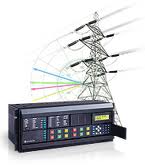 National
Workshop on Wide Area Monitoring and Control of Power Systems using
Synchrophasor Technology was held from 13th –
14th April, 2012. Prof. Sanjay G. Dhande inaugurated the workshop.
Prof. N. Murgesan, Director General, Central Power Research Institute
(CPRI), Bangalore, was the chief guest. The workshop coordinators,
Prof. Saikat Chakrabarti and Prof. S. C. Srivastava, Department of
Electrical Engineering, said that the secure and reliable operation
of modern power systems has become an increasingly challenging task
due to the increasing demand of electricity. Wide area monitoring
and control (WAMC) systems deploy phasor measurement units (PMUs)
at selected locations in the transmission network. PMUs provide GPS
synchronized time stamped voltage and current phasor measurements
at a sub-second rate. The time-synchronized measurement system facilitates
the use of several online systems to control the stability and security
of power systems. The WAMC systems have already been installed in
the electricity grids of several countries. There are plans to install
the systems in the Indian regional power grid networks. The main objective
of the workshop was to identify specific problems which need immediate
focus to handle the challenges of wide area monitoring and control
(WAMC). National
Workshop on Wide Area Monitoring and Control of Power Systems using
Synchrophasor Technology was held from 13th –
14th April, 2012. Prof. Sanjay G. Dhande inaugurated the workshop.
Prof. N. Murgesan, Director General, Central Power Research Institute
(CPRI), Bangalore, was the chief guest. The workshop coordinators,
Prof. Saikat Chakrabarti and Prof. S. C. Srivastava, Department of
Electrical Engineering, said that the secure and reliable operation
of modern power systems has become an increasingly challenging task
due to the increasing demand of electricity. Wide area monitoring
and control (WAMC) systems deploy phasor measurement units (PMUs)
at selected locations in the transmission network. PMUs provide GPS
synchronized time stamped voltage and current phasor measurements
at a sub-second rate. The time-synchronized measurement system facilitates
the use of several online systems to control the stability and security
of power systems. The WAMC systems have already been installed in
the electricity grids of several countries. There are plans to install
the systems in the Indian regional power grid networks. The main objective
of the workshop was to identify specific problems which need immediate
focus to handle the challenges of wide area monitoring and control
(WAMC). Academicians, officers/engineers from public energy/power utilities, corporate entities in the energy/power sector including equipment manufacturers and consultants, R&D organizations and regulatory commissions took part in the workshop. Experts delivered lectures on specific issues and technological aspects of the wide area monitoring and control (WAMC) system, its architecture, various monitoring and real time control applications, experience and road map of deployment in the Indian grid and the testing requirements. The workshop was supplemented by a lab demonstration of the WAMC technology using a real time digital simulator (RTDS) platform and a panel discussion. For details visit: http://www.iitk.ac.in/wams2012/index.html |
Prof. Nadikerianda Belliappa Meena passed away on 3rd June, 2012. She was born on 5th February 1936 in Ammathi in Kodagu district of Karnataka. Prof. Belliappa obtained her PhD from Mysore University in 1969. Prof. Belliappa joined IIT Kanpur in 1986 and retired from service in 1996. The Institute expresses its deepest condolences to the bereaved family of Prof. Belliappa and prays for the peace of the departed soul. |
|
Steel Scholarship: Prof. B. Deo, Department of Material Science and Engineering has instituted two merit scholarships. The scholarships are for fourth year UG students doing a B.T.P in the area of iron and steel. In case no UG students are doing a B.T.P in iron and steel, then PG students doing thesis work in this area will be considered during the second year of their program.
|
Research Fellowships to young faculty
|
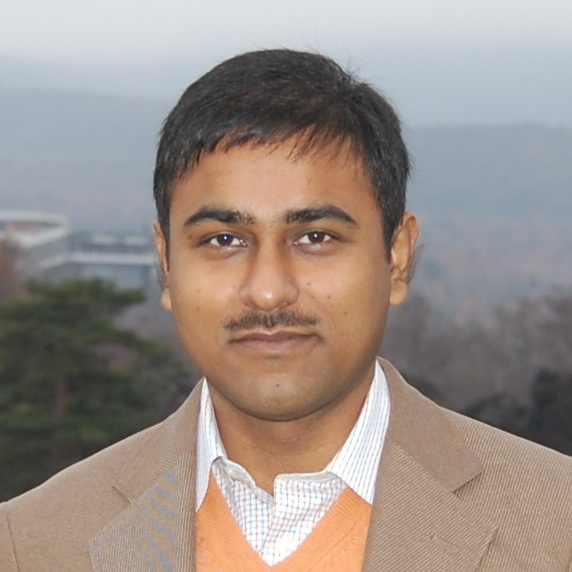 Dr. Pratik Sen, Department of Chemistry, has been selected for the Indian National Science Academy Young Scientist Medal for the year 2012 for his contributions to ultra-fast excited state processes in molecules. Homepage: http://home.iitk.ac.in/~psen/
|
| Domestic Solid Waste Management at
IIT Kanpur: Early morning when all of us are busy
preparing for the day's activity, a section of people with green masks
on their faces are out there on the streets. Going door to door, collecting
our domestic waste and dumping it into large bins placed at different
locations in the campus. At this stage the A to Z organization, a
leading provider of waste management services in Kanpur, steps in.
It carries away the waste to its recycling plant and recycles it into
useful manure. This entire process is a part of an elaborate waste
management strategy adopted by the Institute. While the domestic waste
is recycled outside the campus, green waste mainly comprising fallen
leaves, takes two routes.
A large fraction of the green waste is handled through composting, a natural and cost-effective way of recycling organic matter. The process is indeed very simple and can be carried out on a wide range of scales in almost any indoor or outdoor environment. In the Institute, it is primarily done outdoors owing to availability of large open spaces. The dead leaves are dumped into deep rectangular pits created in the open and are loosely covered with soil. The filled pits are sprinkled with water and left for few months. During this time, the natural decay process breaks down the organic matter into rich humus like material. The final product is sieved and used as compost for gardens and flower beds. Another method used for green waste treatment, though on a small scale, is vermicomposting. It is a simple biotechnological process where various species of worms, usually red wigglers, white worms and earthworms are used for decomposing green waste. In the campus, the entire process is carried out within the confines of a Vermicompost Plant in the nursery. The unit has two storage pits on the left, six bins on the right and two large pits in the centre. Vermicomposting is a multi-step and closely monitored process. The stacked leaves are dumped into a bin and left for drying. After a week, the dried heap is shifted to the adjacent bin and sprinkled with water. Water helps in reducing the volume of leaves. The following week, the heap is shifted to the third bin where a small amount of cowdung is added to it. This stage lasts for about two weeks. By the time the process enters its fifth week, the texture of the leaves has changed considerably. Now is the time for worm activity. The two large pits in the centre of the vermicompost unit are used for worm action. Each pit can accommodate four vermibeds at a time. A banana leaf serves as the base of the vermibed. A layer of 3-4 inches of the organic mixture is spread out on the leaf and earthworms are added over it. Earthworms are also known as composting worms as they are very efficient processors of organic material. The whole process is repeated till a pile of 1-1.5ft is created. The pile is topped with cowdung and left undisturbed for a month depending on the weather conditions. During this time, the earthworms digest the organic material and turn it into vermi-compost. The finished product is dark and crumbly with an earthy odor. After sieving, it is used as manure for surrounding areas. This manure has been tested for its high nitrogen content in the Institute's laboratory. By using the most eco-friendly alternatives to leaf burning the Institute has gained the status of a 'Zero Burn campus'. The entire process of waste management can be viewed in the link below: http://www.youtube.com/watch?v=d1U9o7avdeU |
Student
Initiatives |
A
project on bipedal robot by
The bipedal robot that these students have made has two degrees of freedom per leg as compared to three degrees of freedom per leg in an actual bipedal robot. Due to this the motion of the bot is limited in the vertical direction, i.e., it cannot bend on its knees, but the bot can still perform the basic actions of movement and turning. Bipedal - An Overview: As compared to the usual wheel based robots, the bipedal bot is designed to imitate the complex walking mechanism of a human being. Balancing is the main aspect of producing a “stand-and-walk-on-two-legs” phenomenon. With proper balancing, a bipedal becomes much more versatile as compared to the usual wheel based bot because of the fact that the base level of a bipedal is not fixed, thereby enabling the bot to raise itself on a higher terrain just by a simple motion of the knee joint. On the negative side, a bipedal bot loses the speed advantage as compared to a usual bot due to the lack of wheels. Although a bipedal bot that can run is a possibility for higher speeds, the balancing of such bots is much more difficult and usually requires complex programming involving gyroscopes, accelerometers, etc. For the sake of simplicity, the students had restricted the degrees of freedom of their bipedal bot to two (per leg). Their bipedal had the hip joint and the ankle joint but lacked the knee joint. This setup allowed the bot to perform the following set of motions for each leg: 1.Rotation about the hip joint with an axis passing vertically
along the body of the bot.
Watch it in action: http://www.youtube.com/watch?v=hdOxSISoV3o
A
project on Magbot – climbing up the wall by
The students were fascinated by the way a lizard crawls up the walls and is able to maneuver all around the room. They tried to imitate the same and came up with this Magbot – A Magnetic Wall Climber. This robot is an example of Biomorphic Robotics in which they try to imitate a natural creature with all its features and specializations. Their bot is designed to climb up any Magnetic Wall and take all possible turns in all directions. The most integral part of the design are the two Nylon based wheels consisting of a zigzag pattern of magnets placed on their rim. The magnets are placed in such a way that as one magnet loses contact with the wall the next comes in to take its place. The magnets (made from Neodymium) are very strong, two of these at a time can support the entire weight of the bot. A metallic shell has been used to keep the magnets in place and to allow the wheels to roll smoothly on the walls. The wheels are driven by two High-torque motors, which are needed to pull the magnets out from the wall. Another very innovative feature of the design is the flexible magnetic tail. The tail is designed specifically for allowing the bot to take any possible turn-specifically the 90 degree turns, and also supports it while it is climbing up. It has been made using hinges and magnetized castor wheels. The students hope to improve this design to implement vertical line following or image processing in the bot.
Watch it in action: http://www.youtube.com/watch?v=9Cy0STnPgjY |
Published
by: Office of the Dean, Resource Planning & Generation, Indian Institute
of Technology Kanpur, Kanpur-208 016, India
Phone: + 91-512-259 7635/ 7542 Fax: +91-512- 259 0353 Email
– drpg@iitk.ac.in, arrpg@iitk.ac.in
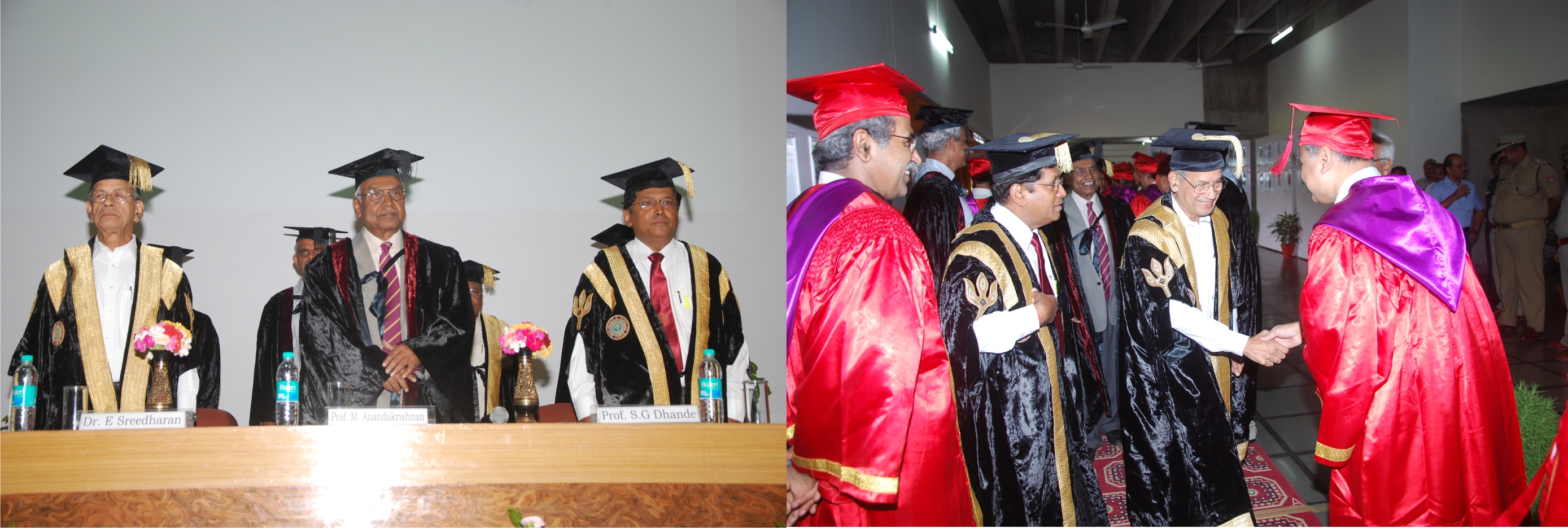

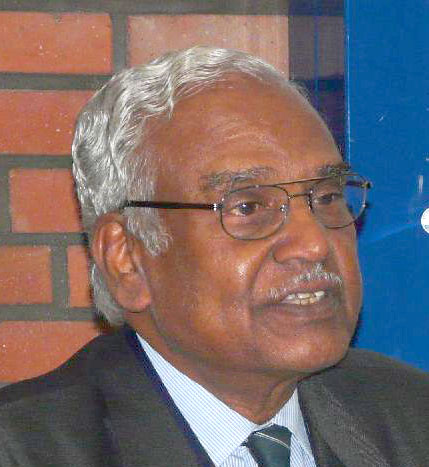

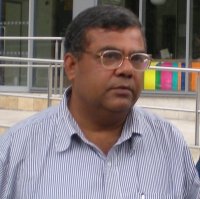
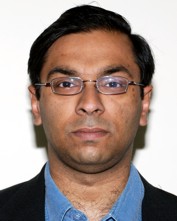
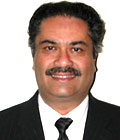

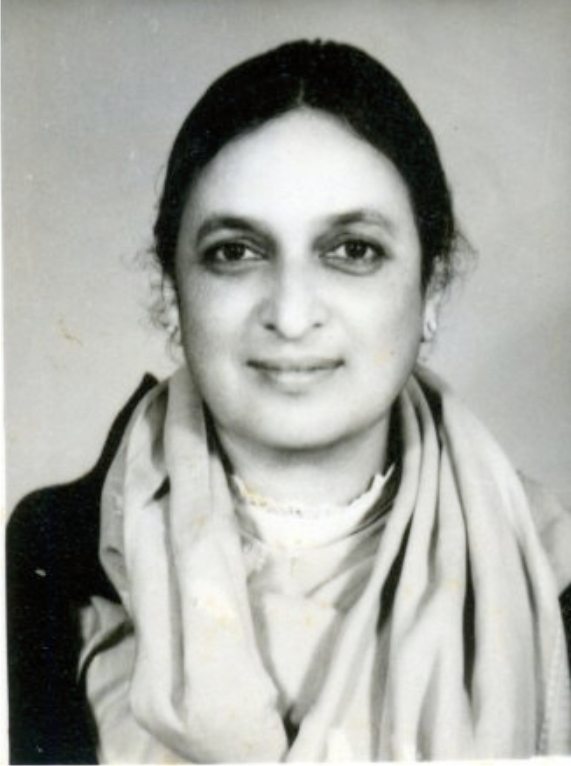
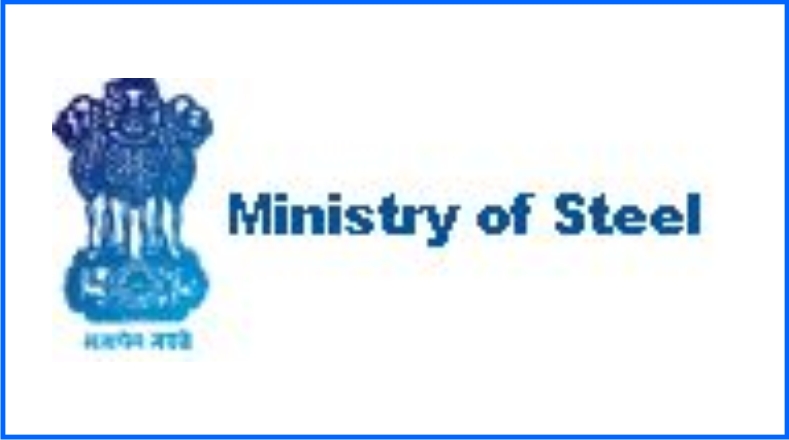
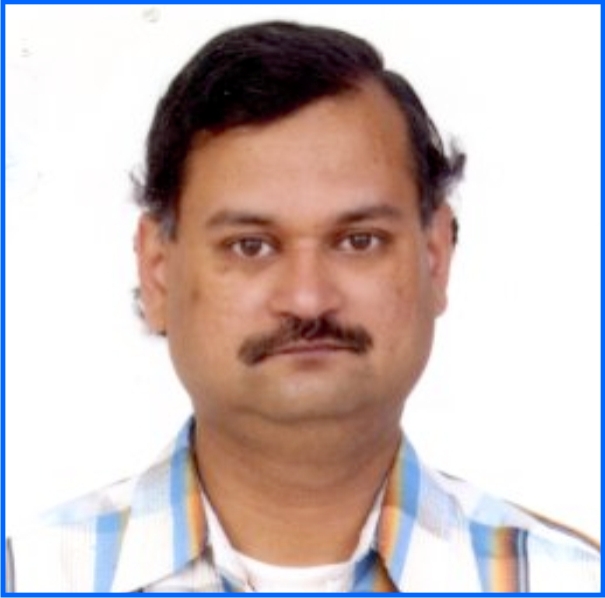
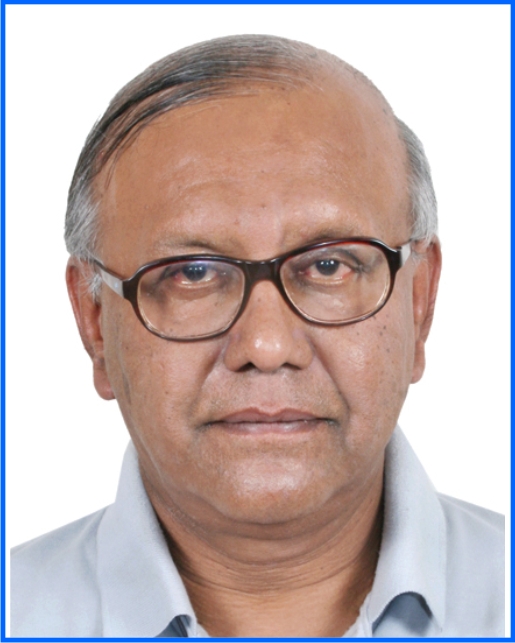

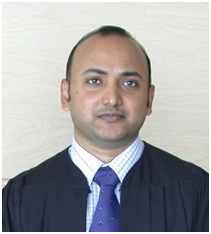

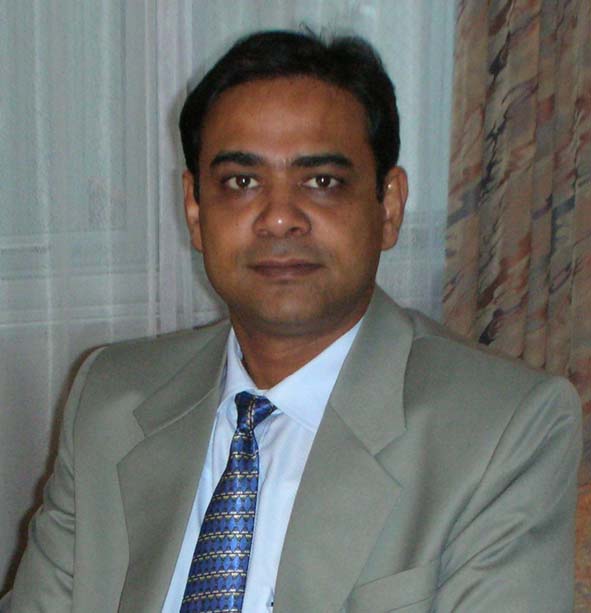 Dr.
Kallol Mondal, Department of Material Science and
Engineering, was selected for the P. K. Kelkar Young Faculty Research
Fellowship. His research interests are in non-equilibrium processing,
thermodynamics of glass formation and kinetic analysis for the devitrification
of glass, deformation behavior of bulk metallic glass, corrosion
and oxidation behavior of amorphous and nanocrystalline alloys,
bulk metallic glass coating, tribology of bulk metallic glass and
nanocrystalline alloys.
Dr.
Kallol Mondal, Department of Material Science and
Engineering, was selected for the P. K. Kelkar Young Faculty Research
Fellowship. His research interests are in non-equilibrium processing,
thermodynamics of glass formation and kinetic analysis for the devitrification
of glass, deformation behavior of bulk metallic glass, corrosion
and oxidation behavior of amorphous and nanocrystalline alloys,
bulk metallic glass coating, tribology of bulk metallic glass and
nanocrystalline alloys.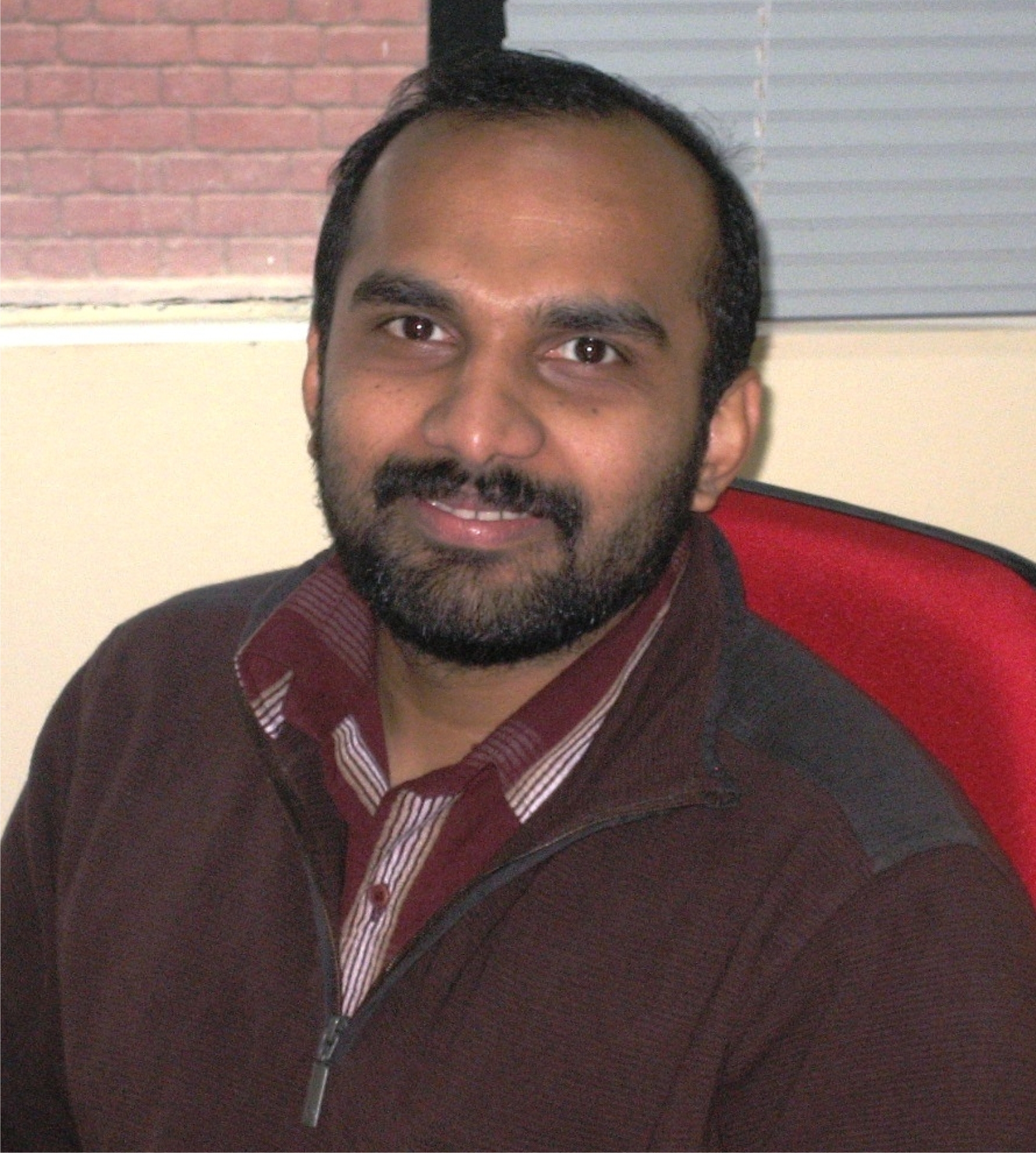
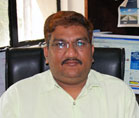
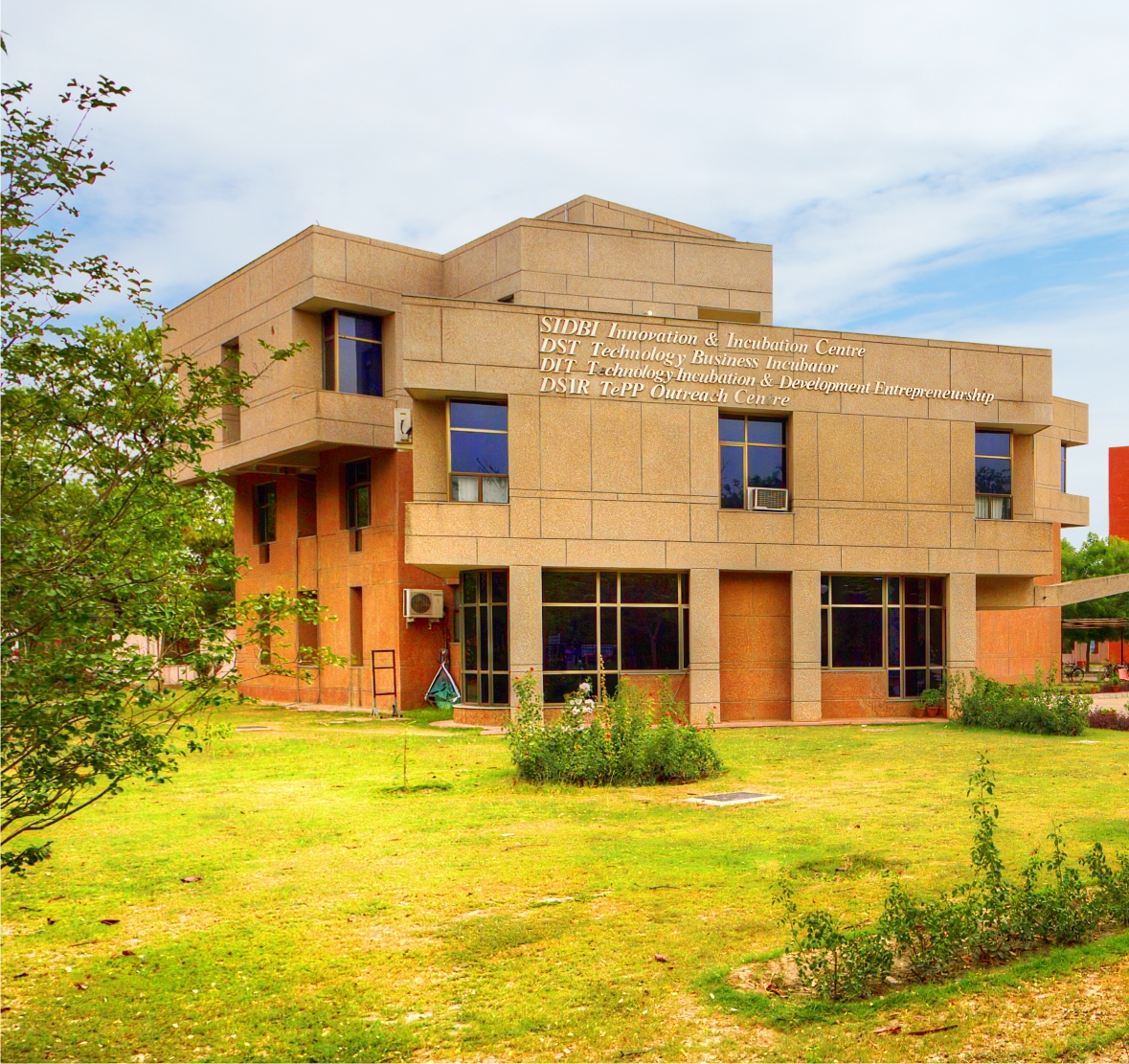
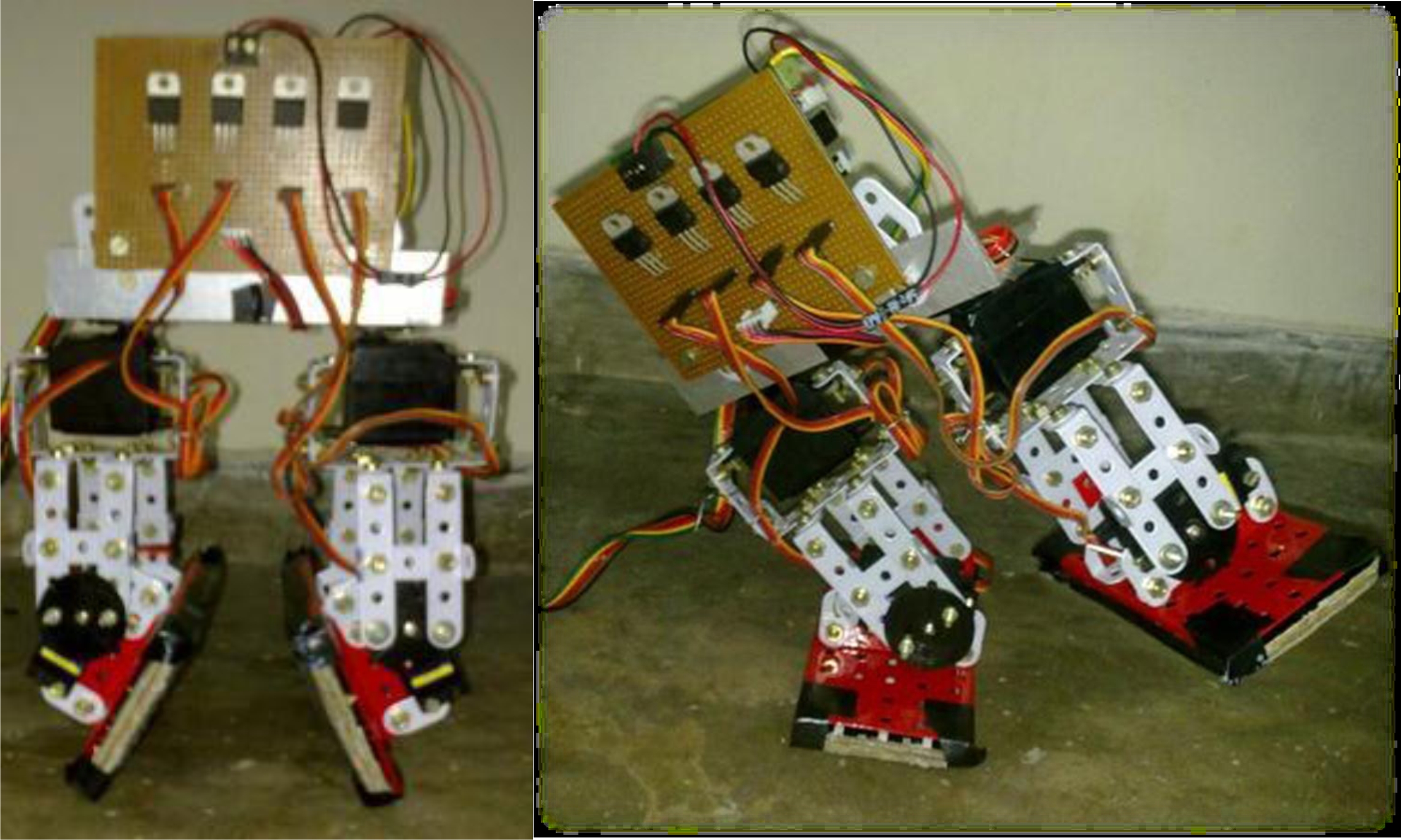 The
aim of this project was to build a manually controlled simplified
version of a bipedal robot. The term
“biped” means “two feet”.
As the name specifies, a bipedal robot is designed to imitate the
motion of a human being, i.e., it can walk on two legs without any
external support for balancing.
The
aim of this project was to build a manually controlled simplified
version of a bipedal robot. The term
“biped” means “two feet”.
As the name specifies, a bipedal robot is designed to imitate the
motion of a human being, i.e., it can walk on two legs without any
external support for balancing. 
 Magbot
- climbing up the wall is essentially a mechanical
project. This robot is so designed that it can climb up any wall
made of a magnetic material. Based on a zigzag pattern of magnets
placed on Nylon wheels the bot would move as freely on vertical
surfaces as on the ground. This bot consists of two independently
driven nylon wheels with magnets attached to them and mounted with
the help of two Aluminium couplers driven with the help of two high
torque motors, with a tail as the third support.
Magbot
- climbing up the wall is essentially a mechanical
project. This robot is so designed that it can climb up any wall
made of a magnetic material. Based on a zigzag pattern of magnets
placed on Nylon wheels the bot would move as freely on vertical
surfaces as on the ground. This bot consists of two independently
driven nylon wheels with magnets attached to them and mounted with
the help of two Aluminium couplers driven with the help of two high
torque motors, with a tail as the third support.